Political & Social Actions
Abolished government and institutions: They dismantled Cambodia’s existing political system, eliminated the monarchy, and banned religion, money, schools, markets, and private property.
Evacuated cities: Forced all urban residents (millions) to leave Phnom Penh and other cities, claiming they’d start a new “Year Zero.” City dwellers were forced into the countryside to farm.
Destroyed infrastructure: Hospitals, factories, and universities were shut down or converted for other purposes.
Banned communication: Radios, phones, and travel were heavily restricted; outside contact was forbidden.
---
Economic & Agrarian Policies
Collectivized agriculture: Private farming was outlawed; everyone had to work in labor camps or collective farms.
Extreme forced labor: Millions of people (men, women, children, elderly) were forced to work 12–16 hours a day in fields with little rest or food.
Mass starvation: Inefficient farming, forced labor, and food seizures caused widespread famine.
---
Atrocities & Genocide
Mass executions: The Khmer Rouge targeted anyone seen as a “class enemy” — intellectuals, monks, professionals, teachers, doctors, ethnic minorities, and even their own members.
“Killing Fields”: Sites across Cambodia where prisoners and civilians were executed and buried in mass graves.
S-21 (Tuol Sleng Prison): Infamous torture center in Phnom Penh where around 14,000 people were interrogated and killed.
Ethnic cleansing: Persecution and mass murder of Vietnamese, Cham Muslims, Chinese Cambodians, and other minorities.
Death toll: Estimated 1.7 to 2.2 million people (about one-quarter of Cambodia’s population) died from execution, starvation, disease, or exhexhaustion
---
Cultural & Religious Destruction
Outlawed religion: Buddhism, Christianity, and Islam were banned; monks were executed or forced to work as labor


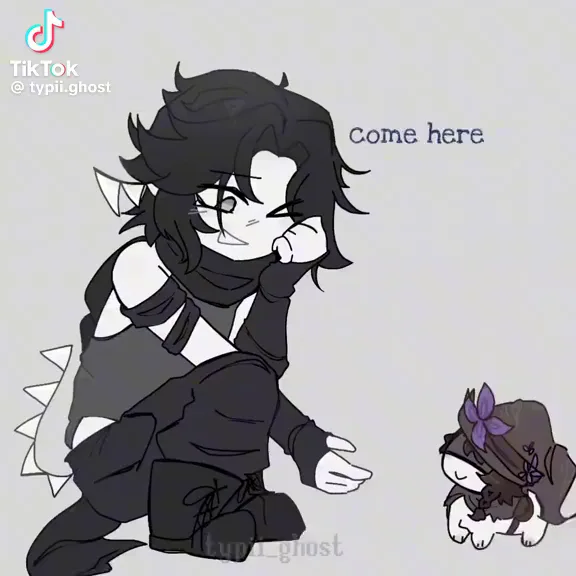
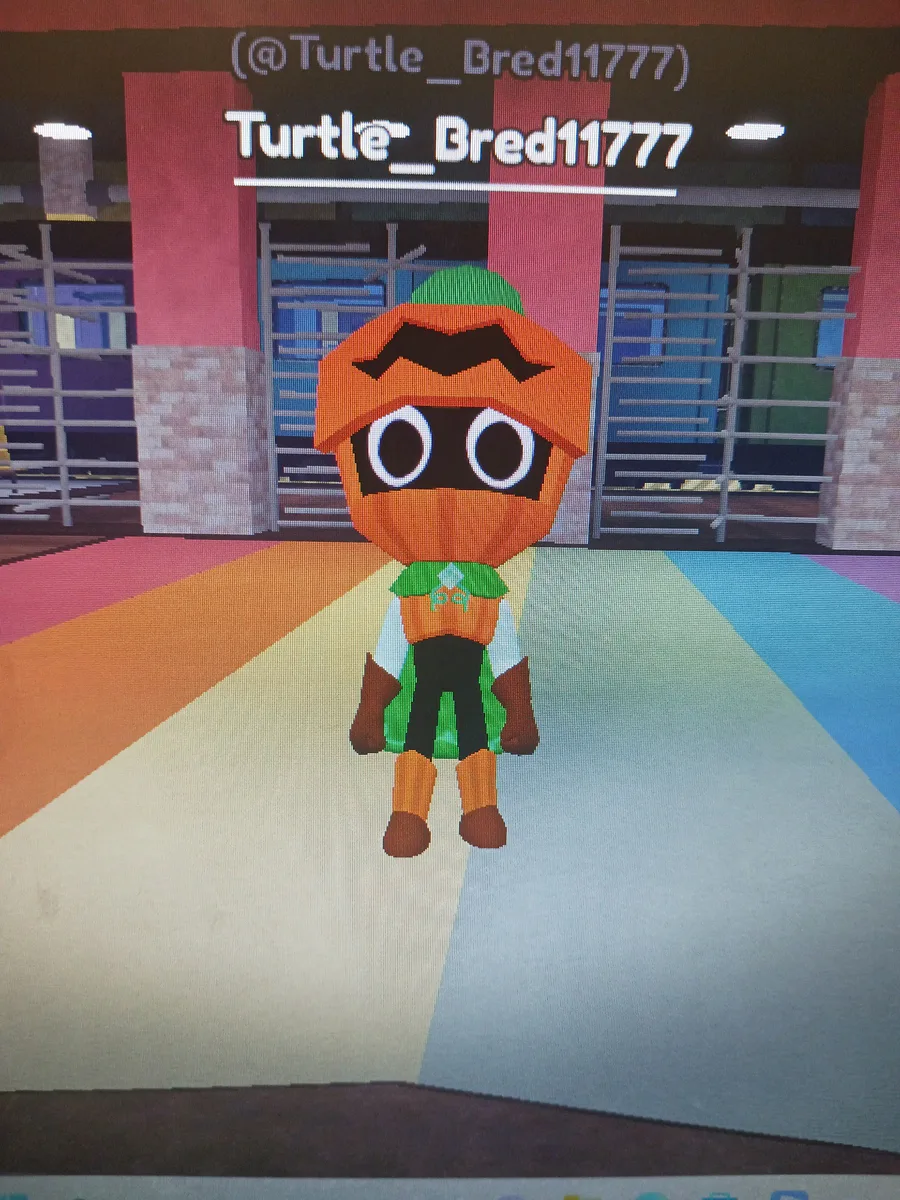

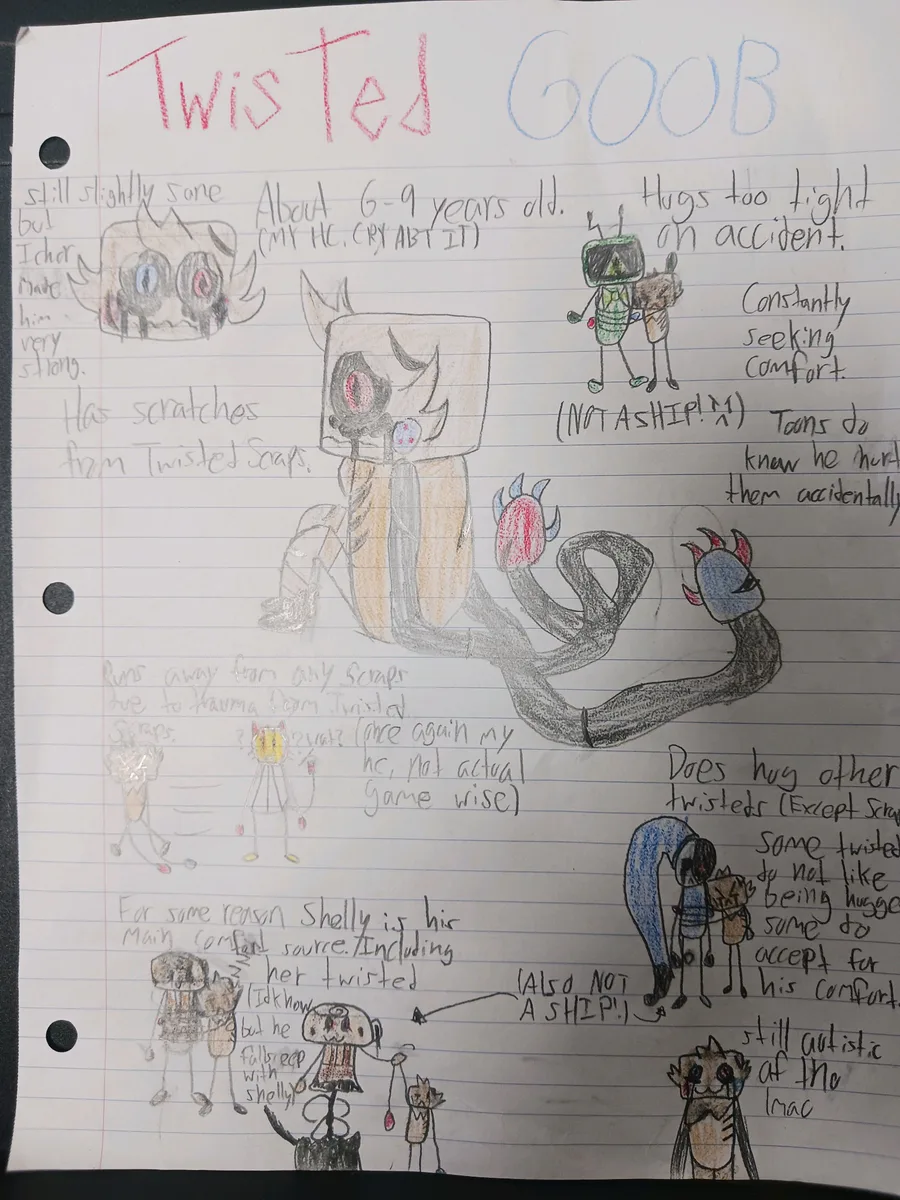
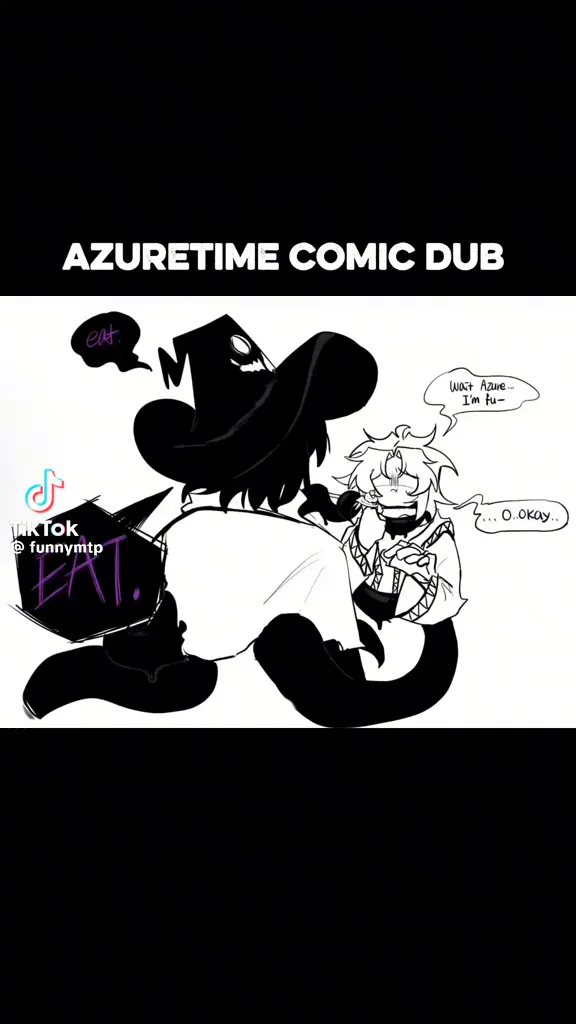
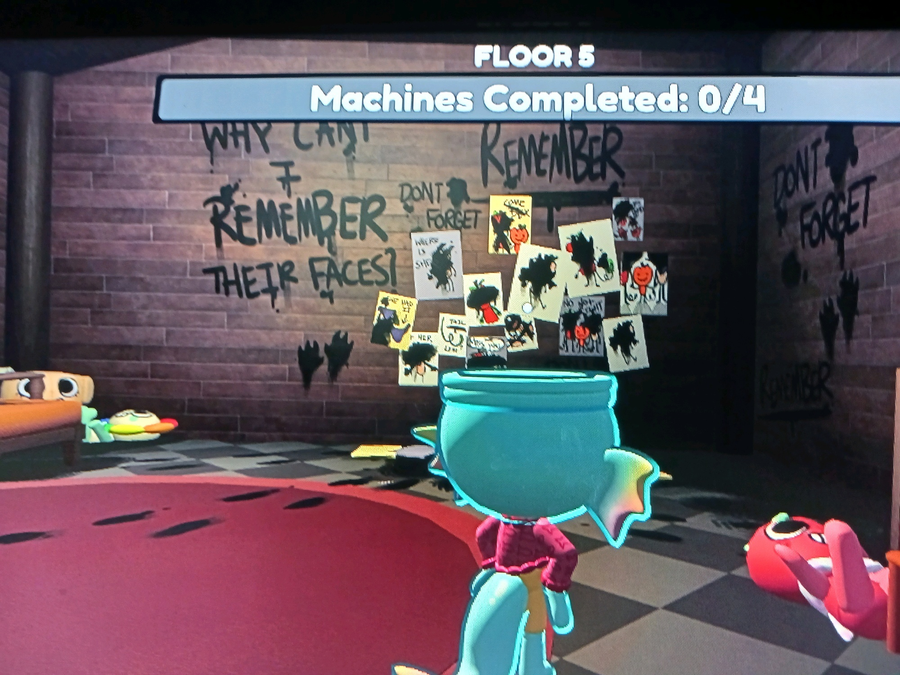
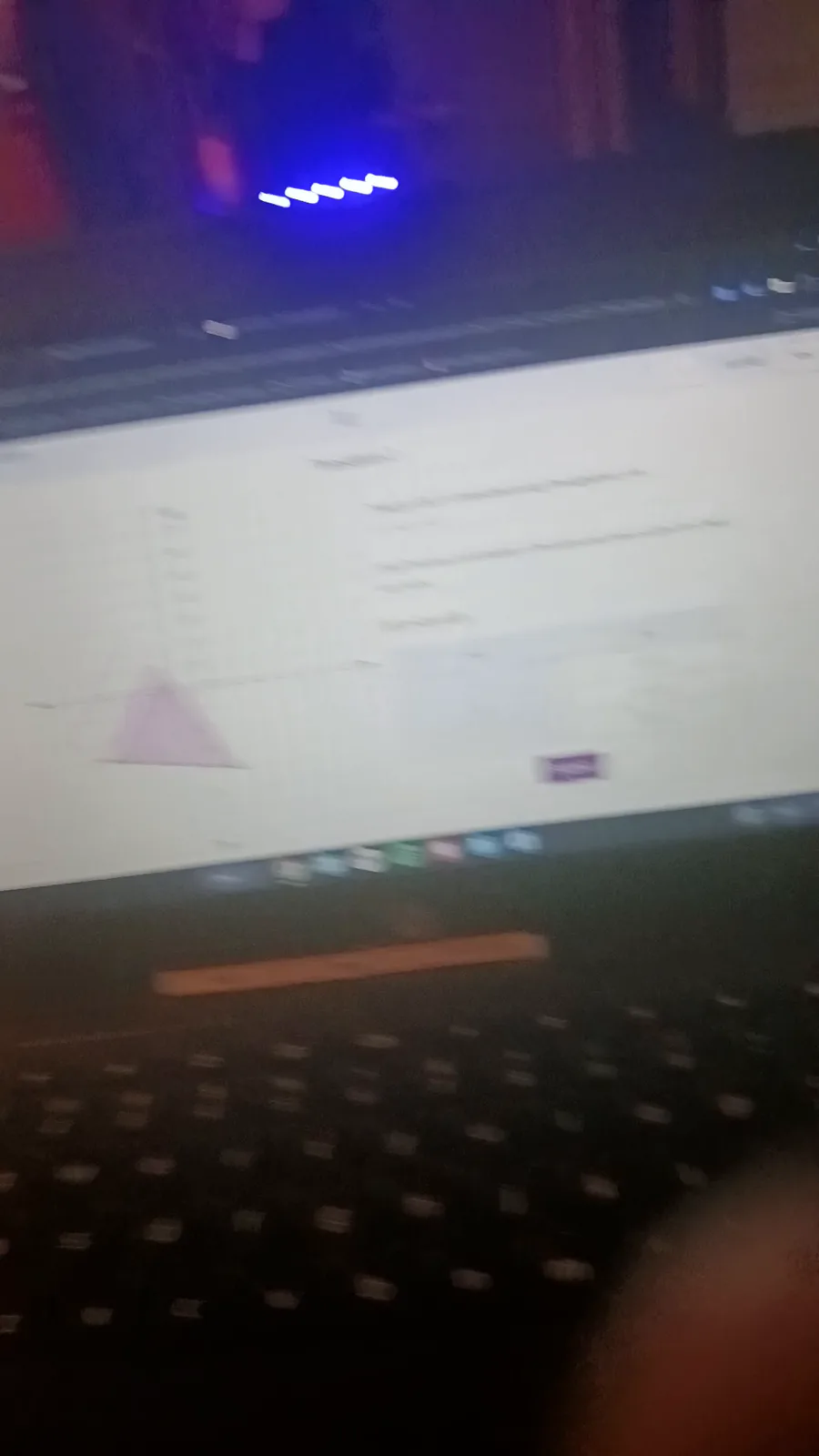
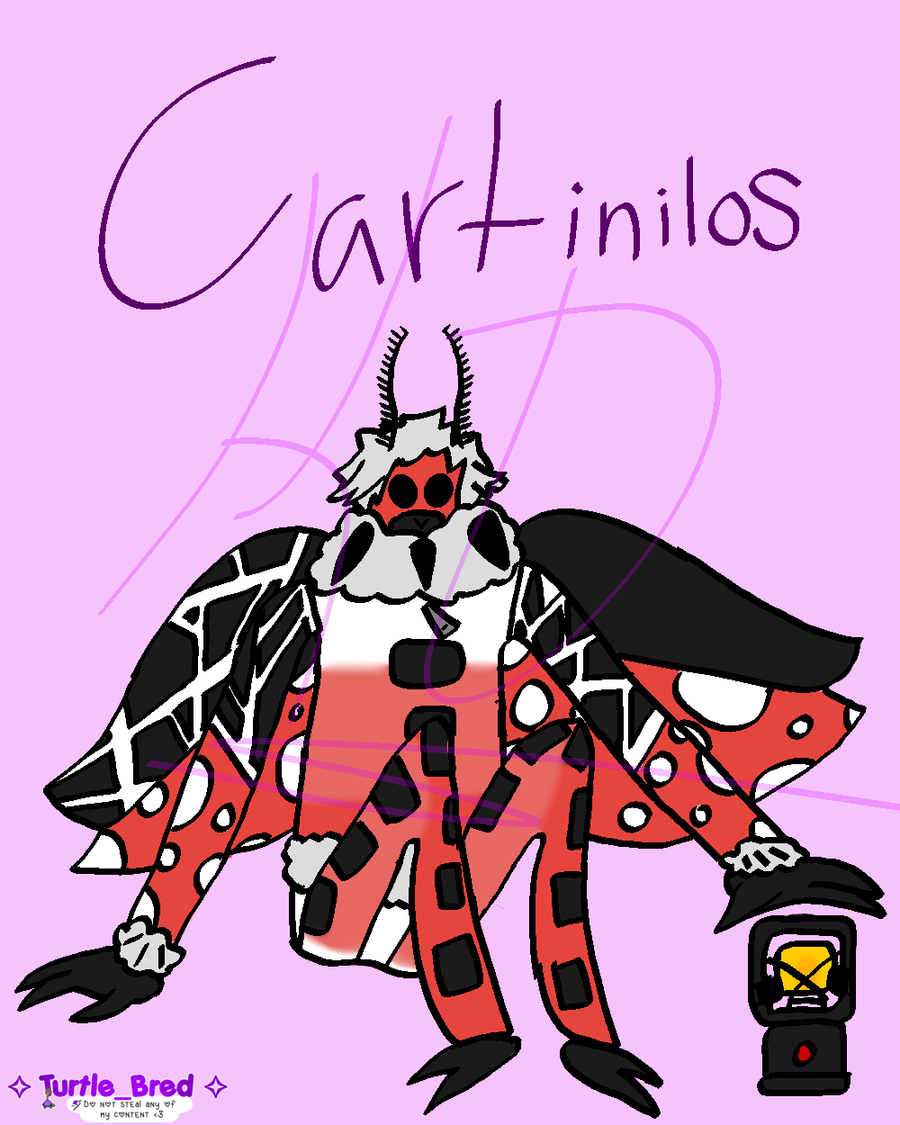
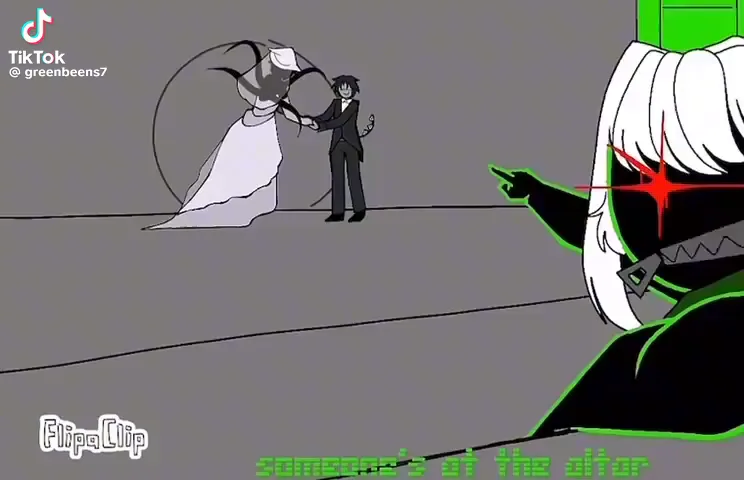
0 comments